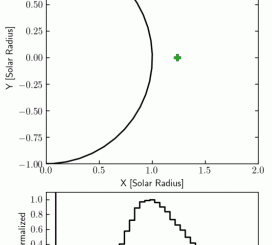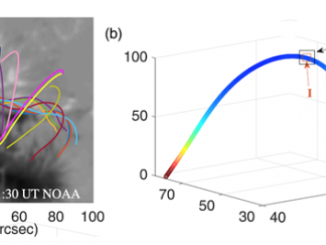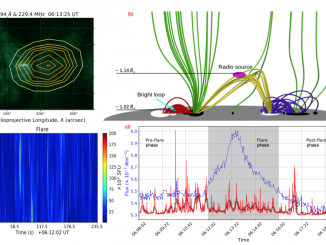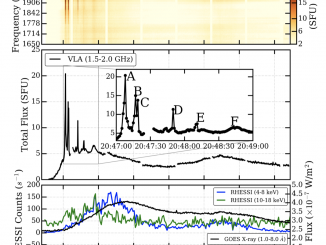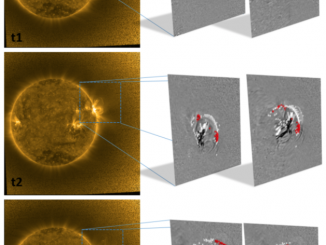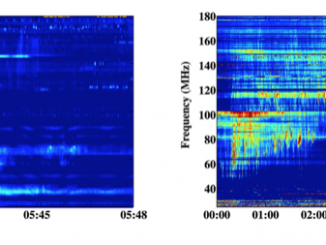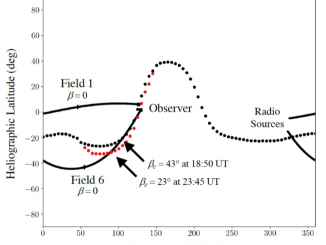PIC Simulation of Double Plasma Resonance and Zebra Pattern of Solar Radio Bursts
by Li et al.*
Zebra patterns (ZPs) represent a spectral fine structure with equidistant or almost-equidistant stripes of enhanced intensity against a broadband emission background, frequently observed in the dynamic spectra of solar radio bursts such as type IVs. There exist many scenarios for ZPs. The most-accepted one is the model of double plasma resonance (DPR) which, as its name indicates, means simultaneous actions of two kinds of resonance instabilities, i.e., the cyclotron resonance […]


